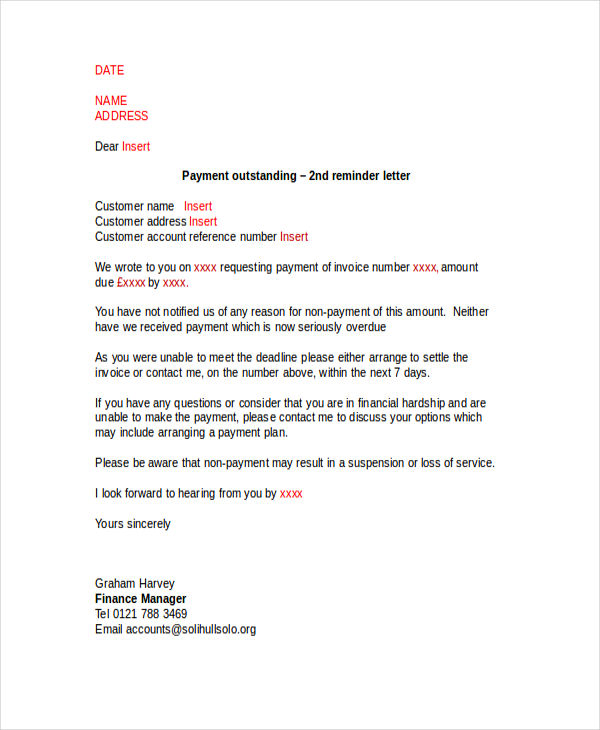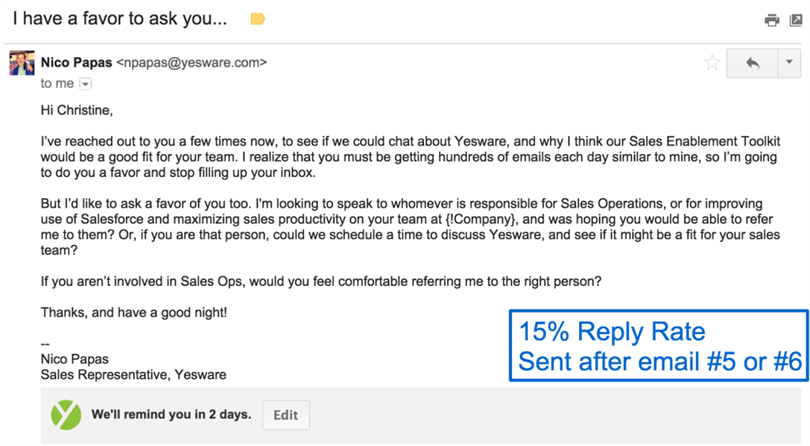

Not only can you see when your emails are being opened, but Mailtrack also lets you know when links in your emails have been clicked. Not only as a general rule for all your contacts but for each contact specifically. This means that the sender can pinpoint the optimal moment to send a mail. Mailtrack shows users exactly when their emails are being opened. With Mailtrack for Gmail, scheduled emails can be highly optimized. So, it’s important to the day and the time just right. By sending an email too quickly or too late, you can lose this optimized timing with a follow-up email.

Making minor changes in how you use touchpoints with prospects and clients can mean a big difference in conversion rates. This is especially important to get right in sales. By properly utilizing scheduled emails, follow-ups can become more effective than ever. Scheduling your emails is a great way of overcoming this issue by controlling exactly when the email arrives at their destination. The timing of an email can mean the difference between a conversation being continued or your message being “marked as read”. Click on this, and you can set when you want the email to reappear. The furthest-right option should appear as a black clock symbol.

Snoozing emails on Gmail is simple – when looking at your inbox, simply hover your mouse over the email you want to snooze. spread emails more evenly across the week, particularly if you have certain days with a spike of incoming emails.forget about the email until you’re ready to reply.clear up your inbox, leaving only emails which require immediate attention.The email is temporarily removed from your inbox and it then reappears at a time of your choosing. What the Snooze button does is allow you to re-receive an email when you’re able to actually read it and deal with it. It’s also great for helping users to keep their inbox in a more manageable state. The Snooze in Gmail is a feature which helps users manage their follow-up emails.
#FOLLOW UP UNREPLIED EMAIL HOW TO#
The section above explains how to enable Nudges in your Gmail. Email reminders such as the Nudge feature offer a huge help with outreach emails, email campaigns, and all types of sales & marketing needs.

Nudges are Gmail’s way of highlighting which conversations it believes you should be picking up again. If you’ve asked yourself, “ Why is Gmail asking me to follow up?”, then you’ve already seen the Nudge feature in Gmail. However, there are a number of other Gmail features that will help users to manage and send their follow-up emails: Nudges Gmail doesn’t offer users a way to automate their follow-up emails, unfortunately. On the General tab, scroll to Nudges and click on both optionsĥ. Click the Settings button (the small gear symbol) in the top-right of the pageĤ. Here’s how to set up follow-up reminders with nudges:Ģ. This follow-up tool works in both your inbox for messages you’ve received and should reply to, and also in your sent folder as a suggestion to revive the conversation. First released back in May 2018, Gmail’s AI will now decipher which of your email conversations are important and will prompt you to send another message. Gmail’s best follow-up reminder is their Nudges feature. There are countless reasons to send follow-up emails, so it’s important to know how to manage them well. You may be awaiting confirmation for a booking, trying to close a deal with a sales prospect, or attempting to revive a forgotten project. They tend to be shorter messages, intended simply to catch the recipient’s attention and get the conversation moving again. Follow-up emails are a way of reigniting a conversation that may not have ended properly.


 0 kommentar(er)
0 kommentar(er)
